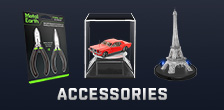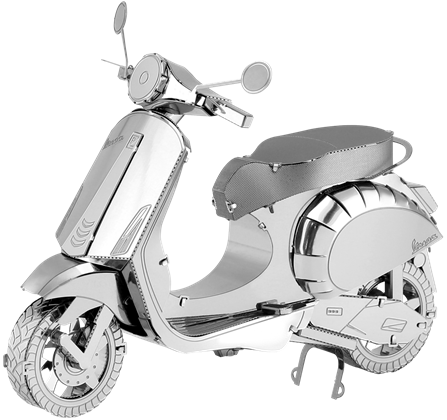All Classic Models
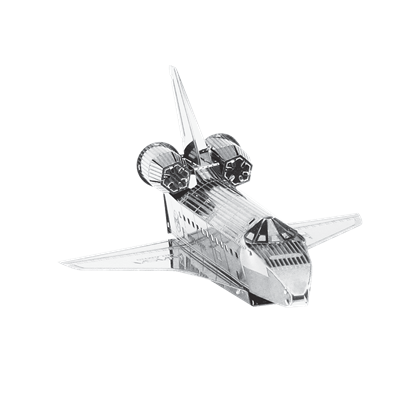
MMS015I
NASA SHUTTLE ENTERPRISE
1 Sheet
Moderate
The First Space Shuttle built was the Enterprise. It was built by Rockwell International to be used by NASA for test flights in the atmosphere. The Enterprise had been designed so it could be refitted and used for orbital flight. However, this plan proved too expensive and so it was decided to simply build a new shuttle called Challenger. The Enterprise now resides in the Intrepid Museum in New York City.
$0.00
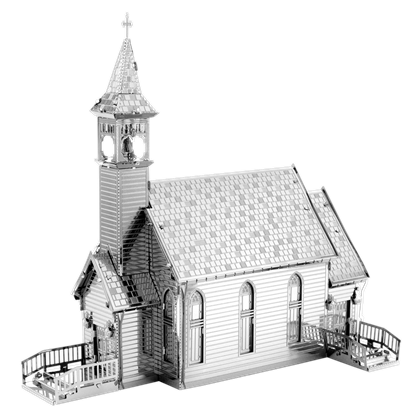
MMS156
The Old Country Church
2 Sheets
Moderate
Most of these churches are recognizable by their Carpenter Gothic design which features timber frame construction, stain glass windows, detailed trim and pointed arched windows and doors. For generations, these churches have served as a second home for many Americans and were the cornerstones of many rural communities.
$0.00
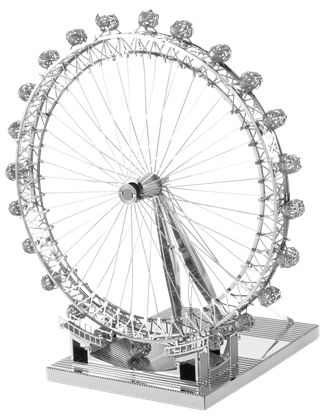
ICX019
Premium Series LONDON EYE
2 Sheets
Challenging
Is a giant Ferris wheel on the South Bank of the River Thames in London. Also known as the Millennium Wheel, its official name was originally the British Airways London Eye, then the Merlin Entertainments London Eye, between January 2011 and August 2014, the EDF Energy London Eye and is now called the London Eye.
$0.00
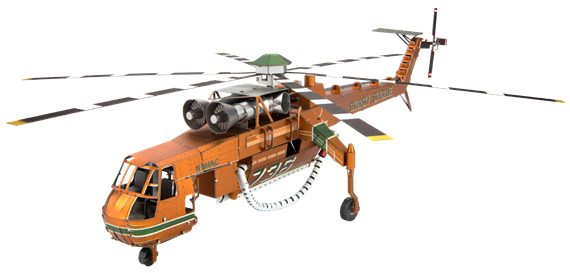
ICX211
S-64 Skycrane ™
2 Sheets
Challenging
Capable of carrying over 20,000 lbs., the Sikorsky Skycrane is one of the strongest heavy-lifting helicopters in the world. A firefighting workhorse, the Skycrane can also be fitted to hold 2,650 gallons of water – which it can refill with its hydraulic snorkel system in 45 seconds!
$0.00
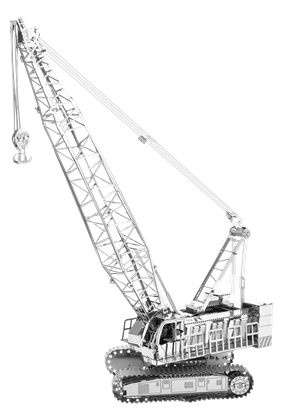
MMS092
CRAWLER CRANE
2 Sheets
Moderate
Is a crane that is mounted on top of a tracked vehicle. They all feature large counterweights set on the back of the crane that allows them to lift and move very heavy loads without tipping over. Their lifting capacity ranges from 30 to 3000 tons.
$0.00
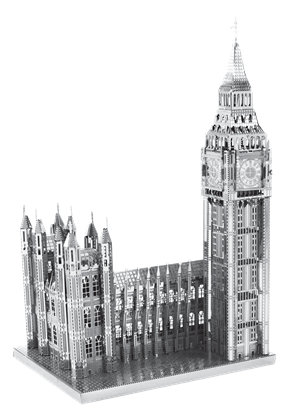
ICX018
Premium Series BIG BEN
2 Sheets
Challenging
Big Ben is the nickname for the great bell of the clock at the north end of the Palace of Westminster in London though today the name also refers to the clock and the clock tower. The bell weighs almost 14 tons and each clock face is 23 feet in diameter. It became fully operational on September 7th, 1859 and is today one of the most prominent symbols of London standing at 316 feet high. The clock requires winding three times per week and pennies are periodically added or removed from the clock of pendulum to maintain its accuracy.
$0.00
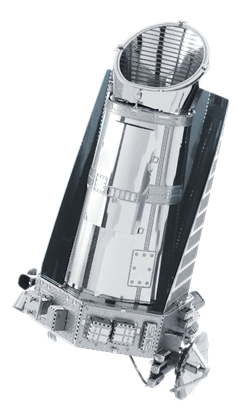
MMS107
KEPLER SPACECRAFT
1 Sheet
Moderate
Kepler is a space observatory launched by NASA to discover Earth-size planets orbiting other stars. Named after astronomer Johannes Kepler, the spacecraft was launched on March 7, 2009, into an Earth-trailing heliocentric orbit.
$0.00
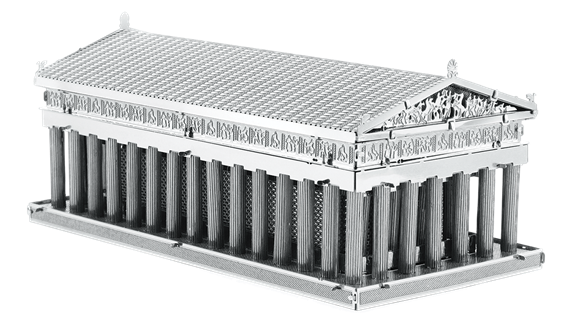
MMS059
PARTHENON
3 Sheets
Challenging
Is a temple located on the Athenian Acropolis in Greece and dedicated to the maiden goddess Athena whom the people of Athens considered their patron deity. Construction began in 447 BC when the Athenian Empire was at the height of its power and was completed in 438 BC. The Parthenon is the most recognizable enduring symbol of ancient Greece, Athenian democracy and western civilization.
$0.00

MMS025
BRANDENBURG GATE
2 Sheets
Moderate
The Brandenburg Gate is the only remaining gate through which Berlin was once entered. It was commissioned by King William II of Prussia as a sign of peace. The design is based upon the gateway to the Acropolis in Athens. Atop the gate is the Quadriga, a chariot drawn by four horses driven by Victoria, the Roman goddess of victory.
$0.00
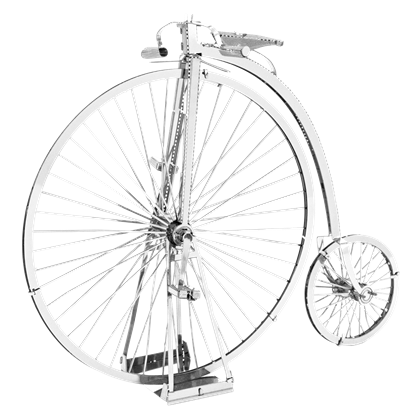
MMS087
PENNY FARTHING
2 Sheets
Moderate
This early bicycle design called the Penny-farthing was first produced about 1870. It used an enlarged front wheel instead of gears to create greater speed and a smoother ride. It was the first machine to be called a bicycle.
$0.00
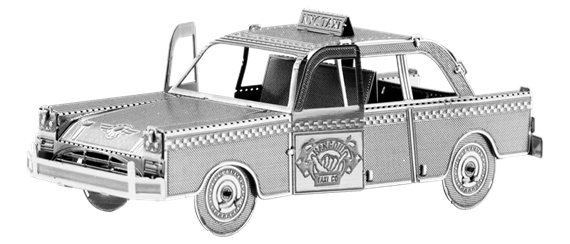
MMS007
CHECKER CAB
1 Sheet
Easy
The Checker cab is gone from the streets of New York but during its time it was the iconoclastic image of a New York City cab. It was big and roomy with checkered stripes on the sides.
$0.00
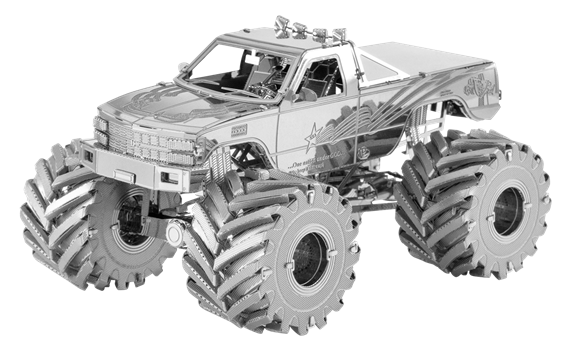
MMS163
Monster Truck
3 Sheets
Moderate
Is a pickup truck modified with a larger suspension and larger tires, usually for recreational use.
$0.00
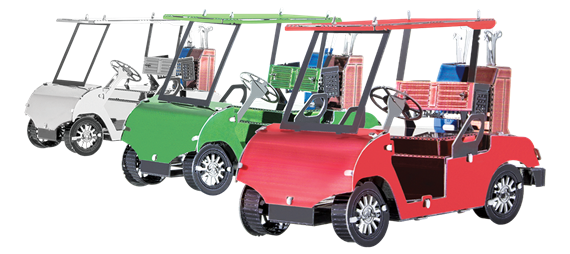
MMS108
GOLF CART SET
2 Sheets
Easy
Golf Carts are designed to carry golf bags with clubs which eliminates the need for golfers to carry their own clubs or hire a caddy. However, today’s golf carts are also used for transportation in many communities where motor vehicles are restricted.
• 3 different color models included.
• Easy to build.
• 3 models provide back up for the beginner in case of assembly problems.
• A nice set of Golf Carts when completed.
$0.00
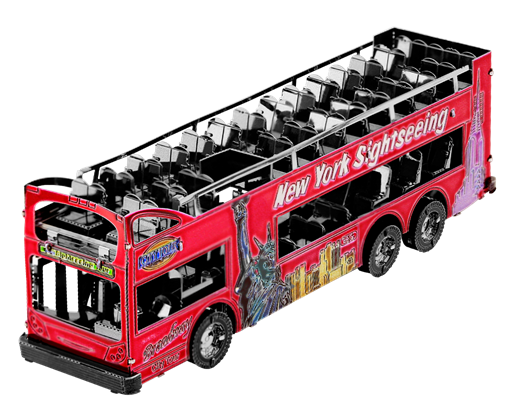
MMS169
Big Apple Tour Bus
3 Sheets
Moderate
The hop-on, hop-off New York City tour bus has become an iconic image around the city. Similar tour buses have become popular in many large cities as a fun and efficient way to see the sites.
$0.00
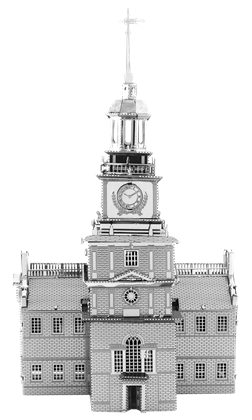
MMS157
Independence Hall
2 Sheets
Moderate
Is the birthplace of America. The Declaration of Independence and U.S. Constitution were both debated and signed inside this building. Also, George Washington was appointed Commander in Chief of the Continental Army in 1775 and the Articles of Confederation were adopted in 1781.
$0.00















